Persian cats, with their elegant appearance and peaceful demeanor, are perhaps one of the most cherished cat breeds worldwide. But what is it about these distinctive creatures that capture the hearts of cat lovers everywhere?
From their historical origins in central Asia to the modern breeding practices that have shaped their unique features, the Persian cat has a rich and intriguing story. In this article, we'll explore the breed's history, including how it evolved and became famous.
We'll also provide details on their physical characteristics, personality traits, and special needs that potential owners should be aware of. Whether you're a Persian cat owner, a prospective buyer, or simply curious about these regal animals, continue reading to learn more about this beloved breed.
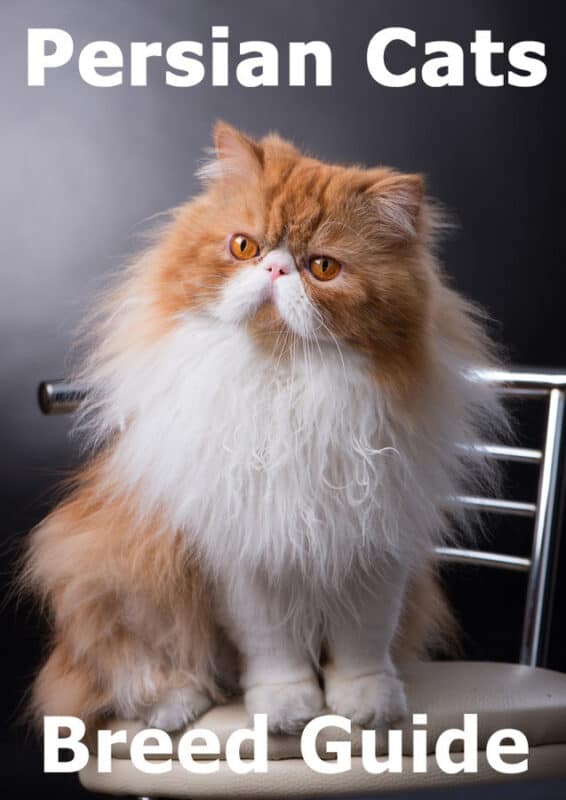
Persian Cats: Breed History
Persians are believed to have originated from central Asia, probably Iran (Persia). Longhair cats were brought to Europe from that region during the seventeenth century. Their popularity increased during the nineteenth century, and they became famous during the first cat show held in London in 1871.
The exotic look, so different from the domestic cats of the UK, made Persian cats increasingly popular and lead to the development of the first breeding programs. Thus, the Persian is the first cat breed that we know to have had an organized deliberate breeding plan.
In the early days, some breeders introduced Angora cats into their lines, so genetically, the breed is no longer identical to the original Persian cats. In fact, genetic testing suggests that the current Persians may be related to European cats, more than to their Middle Eastern ancestors.
Modern-day breed history
Following the Second World War, American breeders took the lead in breed development. A gradual emphasis began to emerge, where some breeders preferred a flat-faced look. Within a few decades, what began as a trend became the official breed standard. Modern-day show-quality Persian cats have flat faces, where the nose should not be more prominent than the chin or mouth.
Some breeders keep on breeding the more traditional look, where the cats don't have the extreme facial features of the flat-faced modern Persian. These cats are not shown as Persian cats in the big cat fancy associations but usually have their own associations and shows.
Persian cats - Breed Description
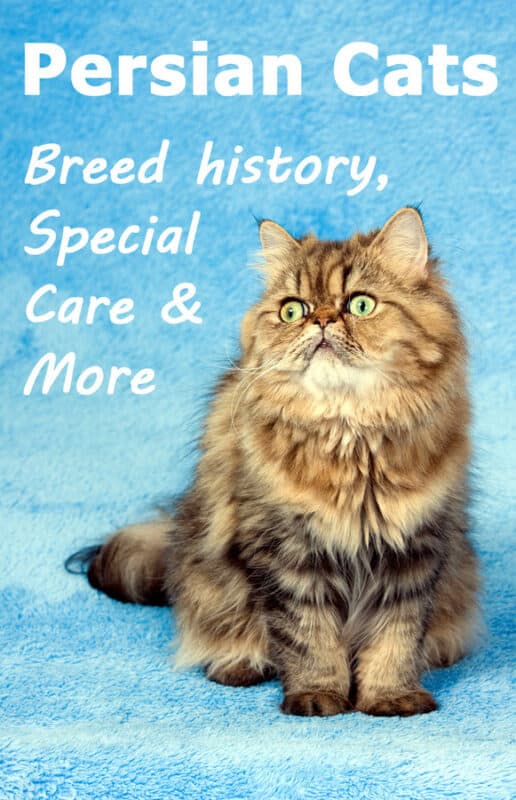
Perhaps the breed's most easily recognizable feature is their long coat. Breed standards call for a long and thick coat, standing off from the body. The coat texture should be glossy and full of life.
Persians come in many coat colors. The Cat Fanciers Association (CFA) has seven color categories for Persians:
- Solid Color
- Silver and Golden (including, but not limited to, Chinchillas)
- Shaded and Smoke
- Tabby
- Particolor (tortoiseshell varieties)
- Bicolor
- Himalayan (also known as Colorpoint Longhair)
Other associations consider the Himalayan cat a distinct breed in its own right.
Persian cats have a short and broad body type, often referred to as "cobby." The body is strong and well-balanced, with a short neck and thick legs. The head should also be of a heavy broad type. All Persians share large round eyes, short broad noses, and small rounded ears. However there is a distinction between two face types:
The modern flat-faced Persian
This is the type you're more likely to see in cat shows. Here's how the CFA breed standard describes this look: "When viewed in profile, the prominence of the eyes is apparent and the forehead, nose, and chin appear to be in vertical alignment."
What this means is that the nose gets pushed deeper into the skull, and higher too, often aligning with the eyes and sometimes even going higher. When the flat face is brought to extremes, the cats sometimes suffer from medical problems relating to the tear ducts and breathing.
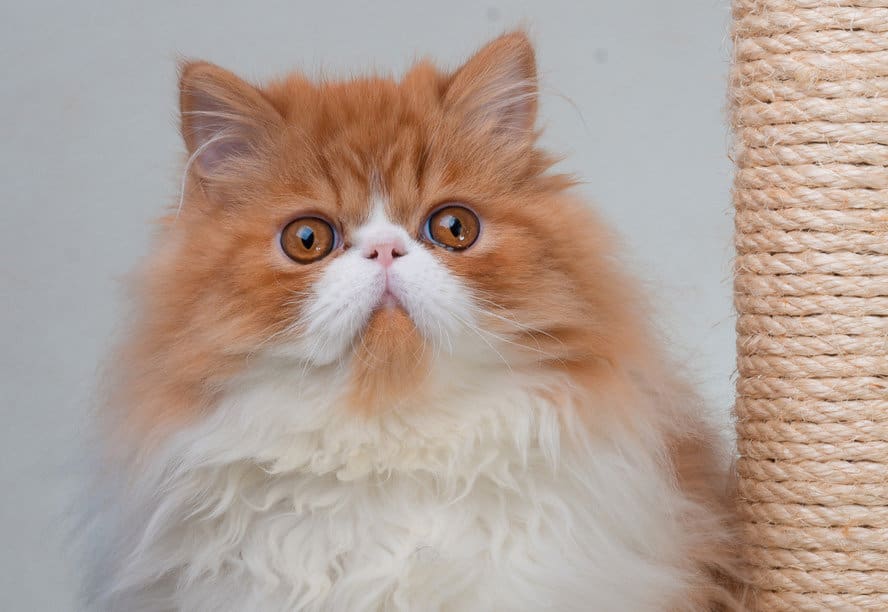
The traditional "doll-faced" Persian
Some breeders try to avoid the flat face, for aesthetic and health reasons. They still breed for proportioned faces, with the mouth and nose located well in front of the eyes. Most cat fancy associations do not recognize these cats as Persian, so they may not be listed in the larger breed registries.
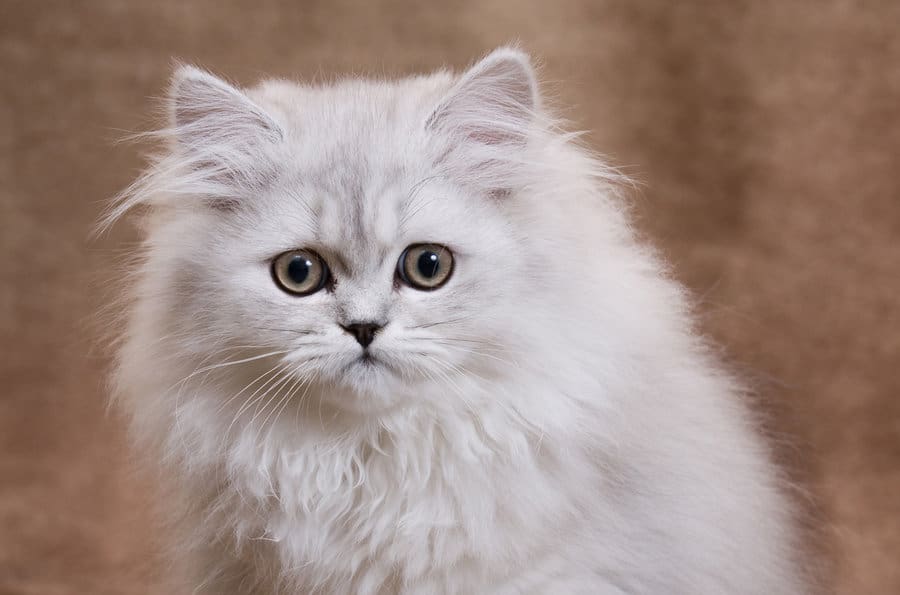
SIGN UP FOR THECATSITE'S EMAIL UPDATES >
The Persian Cat's Personality & Character
Persians can be very affectionate, but they are also relatively quiet. According to owners, these cats feel most comfortable in calm, quiet surroundings. However, many Persian cats do well in busier households and seem to take everything in their stride.
Some experts are concerned that what's perceived as a preference for being less active, is actually the result of underlying health issues. They worry that the extreme facial features of modern Persian cats result in some difficulty in breathing. This in turn could lead these cats to avoid exertion and become less active.
Persian Cats - Special Needs & Concerns
If you consider adopting or buying a Persian cat, pay special attention to this section. Many Persian cats are actually easy to maintain but there are definitely specific issues associated with the breed that you should be aware of.
Grooming needs
That long beautiful coat demands constant grooming. Persians need daily brushing and some breeders also recommend regular baths. If you plan to show a Persian cat, seek advice from an experienced breeder who can teach you how to groom for a show.
Without the necessary grooming, the coat is likely to mat and tangle, and professional help may be required. That said, daily grooming has its own benefits. You can read here why every cat owner should regularly brush his or her cat.
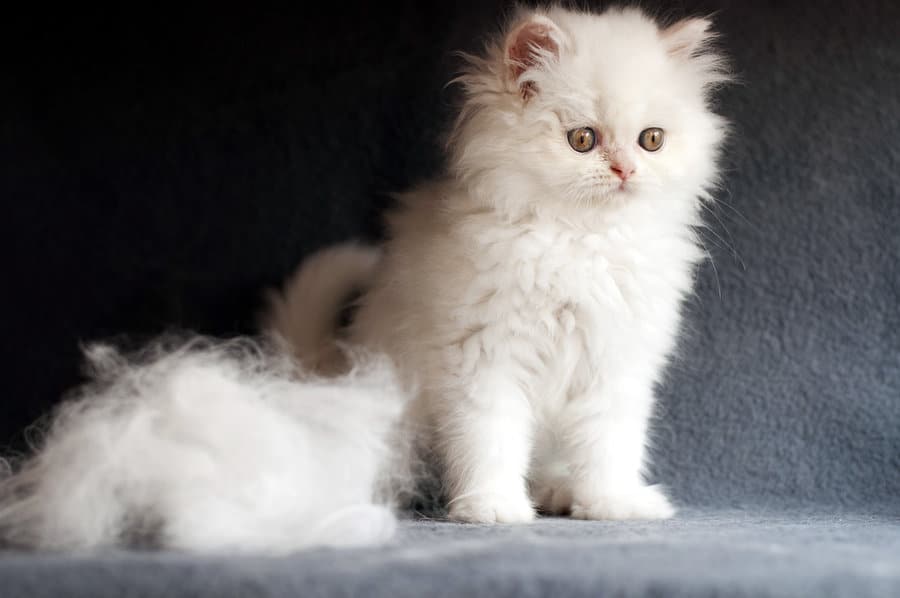
Potential Health Issues
The flattened face can sometimes cause eye drainage problems and lead to a buildup of residue under the eyes. These cats need routine cleaning using special tear stain removers. Read more about Tear Stains in Cats and how to clean them.
Persian cats are also prone to a genetic disorder called Polycystic Kidney Disease (PKD). The kidneys of affected cats have multiple cysts in them, leading to the gradual loss of healthy tissue and eventually to kidney failure. Ethical breeders are aware of the problem and test their cats for PKD. They then take carriers of the gene out of breeding programs.
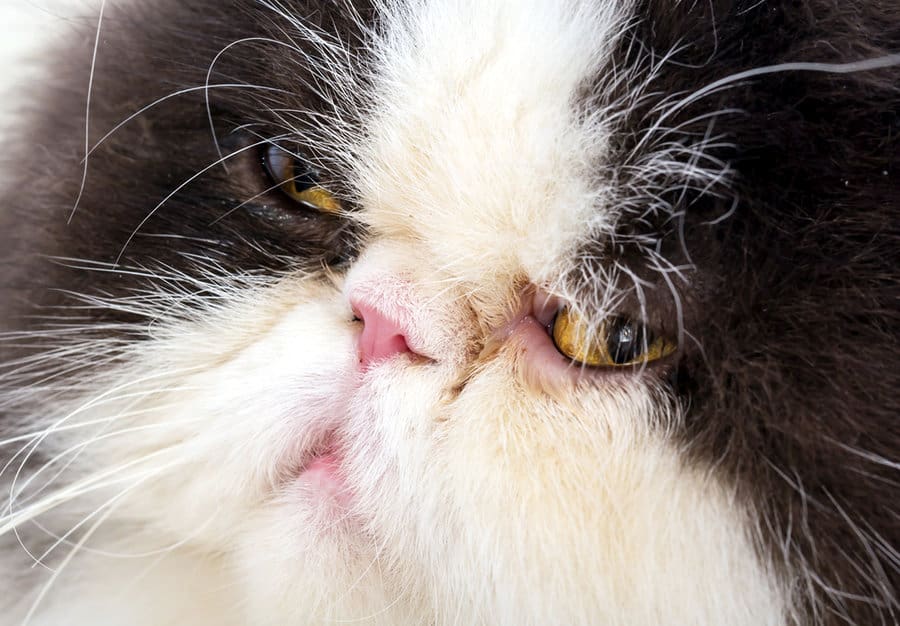
Where should you buy a Persian cat?
So, you have your heart set on buying a Persian cat? Make sure you buy only from a reputable ethical breeder . This is the best way to avoid breed-associated health problems down the road.
Alternatively, you can try and adopt a Persian cat from a shelter or rescue. Unfortunately, Persian cats are surrendered to shelters for many reasons. Your new cat may come "with a past" of either health or behavior problems. Be prepared to deal with them: It's possible and we're here to help you at the cat forums!
An ethical breeder will insist on spaying or neutering your new cat and will enforce that in the contract. If you want to buy a Persian with the aim of becoming a breeder, read on.
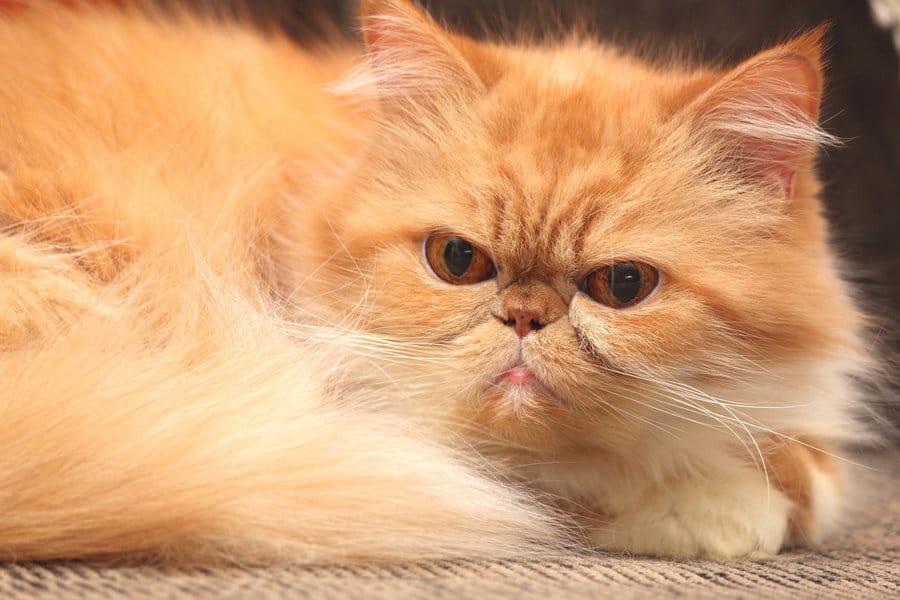
Should you breed your Persian cat?
Breeding cats should only be done by professional ethical cat breeders. Ethical breeders would avoid selling a breeding/show quality cat without discussing breeding with the buyer.
Breeding Cats: What Cat Owners Need To Know
Do you know of anyone who loves Persian cats? Share this article with them on Facebook or other social media platform, or just send them the link!
SIGN UP FOR THECATSITE'S EMAIL UPDATES >
As always, we welcome your comments! Leave them using the form below. However, if you have any questions relating to Persian cats or Persian cat care, please use the cat forums to post them. Questions left in the comments section are far less likely to get answers.
Note: We may get commissions for purchases made through links on this page.

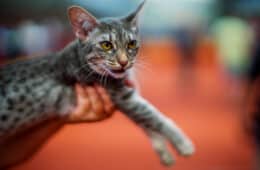
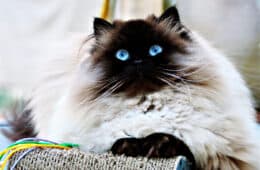
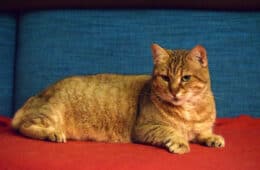
3 comments on “Persian Cats – A Comprehensive Breed Guide”